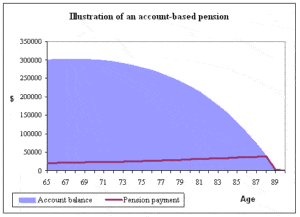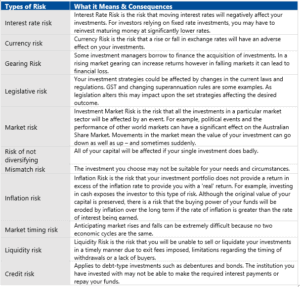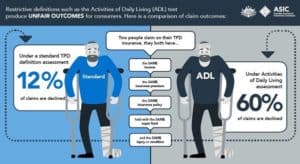The costs of raising children from birth until adulthood are frequently reported by media and vary widely depending on whether you want your children to go to public or private schools and whether they plan to go to university or college. We’ve put together a few ideas on how to save for your kids education.
For example, if you send two children to a private high school which costs an average of $20,000 a year for each child, by the time they both graduate you will have spent $240,000 on school fees. And that’s not counting extras such as school uniforms, trips and sporting clinics.
Public schools are much cheaper but there are still extra tuition fees, textbooks, uniforms and school camps to pay for.
The cost of going to university or college can also vary. If your child is eligible for HECS-HELP (a government loan available to tertiary students) they can choose to defer payment of university fees. Even if they don’t pay fees upfront, your child will have to pay for books and materials, union and sports fees and transport costs.
The earlier you start saving for your children’s education, the better. Education costs are usually a long-term goal that can take more than 5 years to achieve.
There are four key steps to set up a savings plan for a child:
- Set a savings goal – decide what is being saved for (eg education – type of education and at what level, private schooling and/or tertiary education?)
- Set a budget – how much needs to be saved to reach the required goal
- Choose an investment option – decide which product or where the money should be invested
- Who should own the investment – whose name should it be invested in.
To help you reach your goal, you could put your savings into:
- Direct investments such as shares
- Managed funds or insurance bonds
- Term deposits or savings accounts
- Education funds
Starting your savings plan sooner makes it easier to keep your savings growing, reducing the risk that you may have to fund any shortfall when the school fees are due.
This is due to the benefits of compounding interest.
Compound interest is like a layer cake for your savings. You earn interest on the money you deposit, and on the interest you have already earnt – so you earn interest on interest.
An example of an account which earns compound interest is an online savings account which pays monthly interest.
If you invested $10,000 at 5%, you would earn $2,834 in compound interest after 5 years, giving you a total of $12,834. This is because every month the interest is added to your account and you’ll earn interest on the interest.
Compound interest on a $10,000 investment at 5% per year (compounding monthly)
Year 1 | Year 2 | Year 3 | Year 4 | Year 5 | |
| Initial deposit | $10,000 | $0 | $0 | $0 | $0 |
| Interest | $512 | $538 | $565 | $594 | $625 |
| Total | $10,512 | $11,049 | $11,615 | $12,209 | $12,834 |
However, before you decide to put your money into any saving options you should consider your other financial obligations.
For example, you may be better off repaying your non-deductible debt such as the mortgage or car loan first, before you start saving.
Your financial planner can assist you will all of these decisions, ensuring that the future of your child’s education is off to a great start.
Have some questions? Want to know how it applies to you? Want a review of your personal situation? Click here to book a Free 15 Minute Discovery Session, give us a call on 1800 577 336, or email us at hello@wealtheon.com.au.



